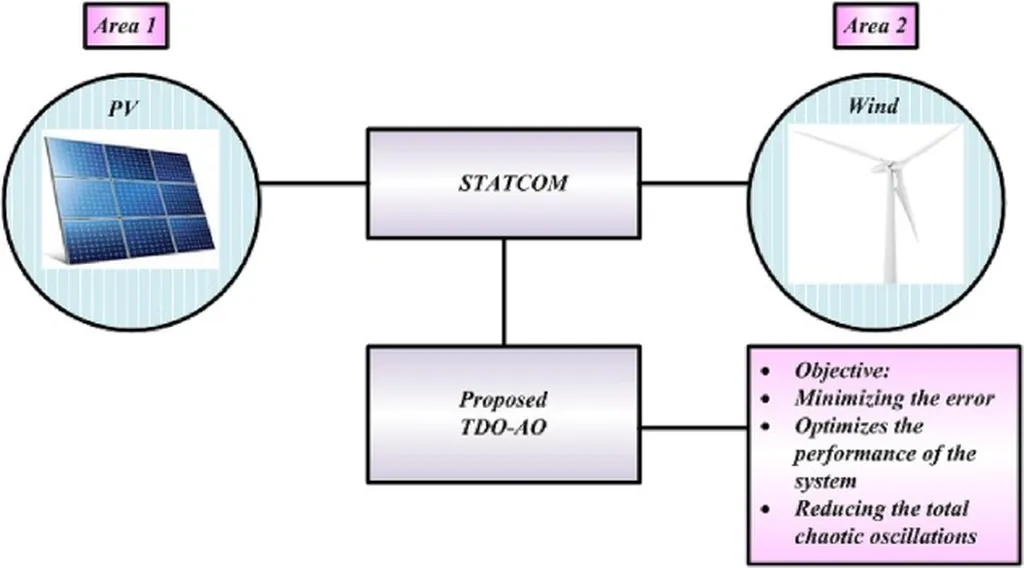In the quest for more reliable and efficient wind energy integration, researchers have developed a novel approach that combines a cascaded multilevel Static Synchronous Compensator (STATCOM) with a Battery Energy Storage System (BESS). This innovation, detailed in a recent study published in *Control and Automation*, addresses a significant limitation of traditional STATCOMs, which are primarily designed for reactive power regulation.
The research, led by CAO Wei, explores the potential of large-capacity cascaded multilevel STATCOMs integrated with energy storage systems. The proposed system comprises a BESS, a non-isolated DC/DC converter, and a cascaded multilevel STATCOM. This configuration enables coordinated control strategies tailored for wind farms, enhancing their operational stability and grid integration.
According to CAO Wei, “The coordinated control strategy of STATCOM/BESS applied in wind farms ensures that active power fluctuations are effectively smoothed under steady-state conditions. Moreover, the system can rapidly provide reactive power during grid faults, safeguarding the continuous operation of wind farms.”
The study’s simulations, conducted using PSCAD/EMTDC, demonstrate the system’s efficacy in mitigating power fluctuations and enhancing grid stability. This breakthrough could have profound implications for the energy sector, particularly in regions heavily reliant on wind energy. By improving the stability and reliability of wind farms, this technology can facilitate greater penetration of renewable energy into the grid, reducing dependence on fossil fuels and lowering carbon emissions.
The integration of STATCOM with BESS not only enhances the performance of wind farms but also opens up new avenues for energy storage applications. As the demand for renewable energy continues to grow, such innovations will be crucial in shaping the future of the energy sector. The research highlights the importance of advanced control strategies and energy storage solutions in achieving a more sustainable and resilient energy infrastructure.
This study, published in the journal *Control and Automation*, underscores the potential of combining cutting-edge technologies to address the challenges of renewable energy integration. As the energy sector evolves, such advancements will play a pivotal role in driving the transition towards a cleaner and more efficient energy future.

